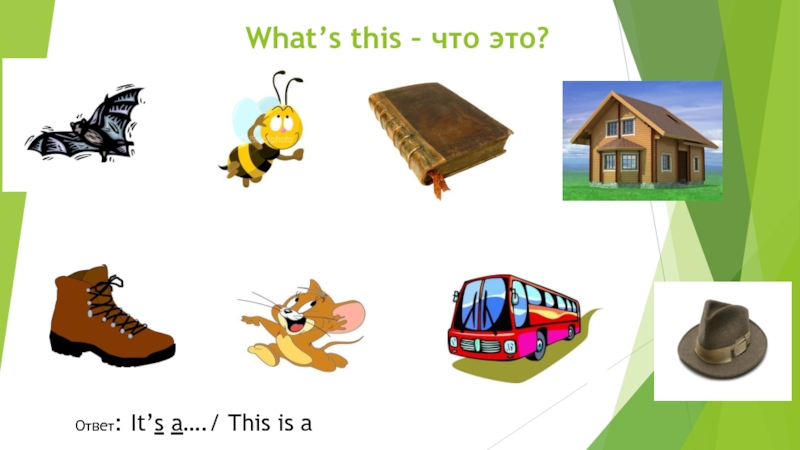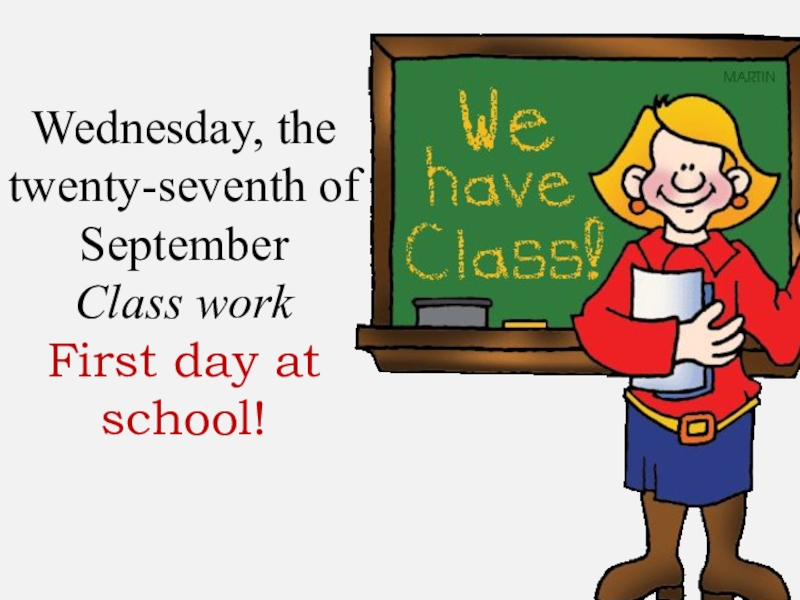- Главная
- Разное
- Образование
- Спорт
- Естествознание
- Природоведение
- Религиоведение
- Французский язык
- Черчение
- Английский язык
- Астрономия
- Алгебра
- Биология
- География
- Геометрия
- Детские презентации
- Информатика
- История
- Литература
- Математика
- Музыка
- МХК
- Немецкий язык
- ОБЖ
- Обществознание
- Окружающий мир
- Педагогика
- Русский язык
- Технология
- Физика
- Философия
- Химия
- Шаблоны, фоны, картинки для презентаций
- Экология
- Экономика
Презентация, доклад по английскому языку Уроки истории России
Содержание
- 1. Презентация по английскому языку Уроки истории России
- 2. Key dates and events: 1899 -
- 3. The war began with the attack of
- 4. In the conditions of the revolution that
- 5. Reforms of Pyotr Arcadievich StolypinPyotr Arkadyevich Stolypin
- 6. In a new position, which he took
- 7. Russia in the First World War(July 28,
- 8. The First World War was the result
- 9. Слайд 9
- 10. The February Revolution of 1917At the beginning
- 11. 02/26/1917 - the dissolution of the Duma
- 12. The coming to power of the Bolsheviks
- 13. Слайд 13
- 14. Vladimir Ilyich Ulyanov (pseudonym Lenin)A great Russian
- 15. From 1917 until his death, Lenin is
- 16. Decree about an 8-hour working dayProhibited hard
- 17. Disputes about concluding peace: 1."Left Communists" (Bukharin)
- 18. Periodization: I period - January - November
- 19. The Civil War took place in 3
- 20. Throughout Russia, the power of the Bolsheviks
- 21. Formation of the USSR and its international recognition
- 22. Stalin Iosiph VisarionovichIosiph Vissarionovich Stalin (1878-1953) -
- 23. Industrialization is the process of creating large-scale
- 24. 1. Creation of a powerful heavy defense
- 25. Tasks 1. The transformation of the USSR
- 26. 1. High rates of industrialization2. Focus on
- 27. Collectivization is the process of uniting individual
- 28. Слайд 28
- 29. The hunger of 1932-1933 (from 5 to 7 million people died) Actual suspension of collectivization
- 30. Слайд 30
- 31. The tasks of foreign policy of the
- 32. Fascist Germany is increasing its armamentOctober 14,
- 33. The USSR received a gain in time
Слайд 1«1917-1937. The lessons of history of Russia»
Torzhok region
Vysokoye secondary school
Made
Teacher:Misevra I.E.
Слайд 2Key dates and events:
1899 - The Hague Conference on Disarmament
January
August 1905 - Portsmouth Peace Treaty Historical figures: Nicholay II Witte Plehve Rozhdestvensky Makarov. Сauses:
the confrontation between Russia and Japan in the Far East, the war broke out as a result of the escalation of contradictions
Russian-Japanese War
27 January 1904 -23 August 1905
War between the Russian and Japanese empires for control over Manchuria and Korea.
Слайд 3
The war began with the attack of the Japanese Navy on
The second major defeat of the Russian troops was the failure under Mukden in February 1905.
An attempt to change the situation with the help of Admiral Z. P. Rozhdestvensky, directed by the Baltic Fleet from the 2nd Pacific Squadron, also did not escape: in May 1905 the squadron was destroyed near Tsushima Island in the Japaneese Sea
.
Слайд 4In the conditions of the revolution that began, the tsar chose
Слайд 5Reforms of Pyotr Arcadievich Stolypin
Pyotr Arkadyevich Stolypin (2 April 1862, Dresden,
In the early twentieth century Russian history knows him primarily as a reformer and statesman, who played a significant role in suppressing the revolution of 1905-1907 [2] [3] [4]. In April 1906, Emperor Nicholay II offered Stolypin the post of Minister of Internal Affairs of Russia. Shortly thereafter, the government was dissolved along with the State Duma of the first convocation, and Stolypin was appointed as a new prime minister.
Слайд 6In a new position, which he took until his death, Stolypin
Слайд 7Russia in the First World War
(July 28, 1914 - November 11,
Participation of Russia -
August 1, 1914 - March 3, 1918
Слайд 8The First World War was the result of a crisis of
The unevenness of the economic and political development of the leading European countries, the desire to redistribution caused the appearance of two military-political blocks: the Triple Alliance (led by Germany) and the Antente (within Russia, France and England).
It was already impossible to prevent a clash between them. Any, even a minor reason could lead to the outbreak of war. Such an occasion was the murder in Sarajevo Franz Ferdinand by the Serbian terrorist Gavrilov . Russia, which wasnot yet ready for war, tried to prevent a clash between its ally, Serbia and Austria-Hungary, which Germany supported. However, it was not possible to do this. Russia began to mobilize, and Germany on July 19 (August 1), 1914, declared war to Russia. After that, France and England joined the war. In a short time, the war acquired a general character, although military operations were conducted mainly in Europe. In total, 38 states with a population of about 1 billion people were at war.
Слайд 10The February Revolution of 1917
At the beginning of 1917 that general
By the end of February, more than 80% of the workers in Petrograd had been stricken. Nevsky Prospekt was filled with demonstrations, held under red flags and slogans "Down back the Tsar." All attempts by the commander of the Petrograd Military District, General Khabalov to restore order, did not produce results. On February 27, soldiers of reserve regiments quartered in Petrograd began to move to the side of the revolution.
February 28 Khabalov, who completely lost control of the situation in the capital, ordered the last defenders of the old system to lay down their arms.
The revolution began
Слайд 1102/26/1917 - the dissolution of the Duma by the tsar, the
02/27/1917 - seizure of the Arsenal, prisons, the Winter Palace
02/28/1917 - The fall of the Admiralty, the arrest of the Tsar's ministers
The main dates of the February revolution
Слайд 12The coming to power of the Bolsheviks by means of an
The coming to power of the Bolshevik Party
Слайд 14Vladimir Ilyich Ulyanov (pseudonym Lenin)
A great Russian political and public figure,
Lenin is known, first of all, as one of the leaders of the great October Revolution of 1917, when the monarchy was overthrown, and Russia became a socialist country. Lenin was chairman of the Council of People's Commissars of the new Russia - the RSFSR, is considered the creator of the USSR.
Слайд 15From 1917 until his death, Lenin is engaged in the reformation
Concludes peace with Germany, creates the Red Army, which takes an active part in the civil war of 1917-1921;
Creates NEP - a new economic policy;
Gives civil rights to the peasants and workers (the working class becomes the main one in the new political system of Russia);
Reforms the church, seeking to replace Christianity with a new "religion" - communism.
He dies in 1924 after a sharp deterioration in his health. By order of Stalin, the leader's body is placed in a mausoleum in Red Square in Moscow.
Reform of Lenin
Слайд 16Decree about an 8-hour working day
Prohibited hard children work
Men and women
Royal ranks, awards, titles were canceled
Estates were abolished
Freedom of conscience was proclaimed
Free education and medical services are introduced
Social politics
Слайд 17Disputes about concluding peace: 1."Left Communists" (Bukharin) - Against the Peace for
Russia's exit from the war. The Brest Peace
Слайд 18Periodization:
I period - January - November 1918
II period - November 1918
III period - May - November 1920.
IV period - 1920 - 1922 years.
Civil War and military intervention 1918 - 1922
Слайд 19The Civil War took place in 3 stages, differing in the
November 1918 - March 1920 - a stage in which the radical breakthrough of the war became.
March 1920 - October 1922 - the final stage, during which the fighting moved to the border areas of the state and, in fact, did not pose a threat to the Bolshevik government. After October 1922, the struggle was continued only by the Siberian Volunteer Druzhina in Yakutia, which was commanded by A.N. Petlyaev, as well as a Cossack detachment under the command of Bologov near Nikolsk-Ussuriisk.
The course of the war
Слайд 20Throughout Russia, the power of the Bolsheviks was established, as well
Results of the war
Слайд 22Stalin Iosiph Visarionovich
Iosiph Vissarionovich Stalin (1878-1953) - an outstanding Soviet military,
During the Civil War, Stalin proved himself to be a magnificent military organizer. November 29, 1922 he, along with Lenin, Sverdlov and Trotsky entered the Bureau of the Central Committee.
When Lenin, against the backdrop of illness, departed from political activity, Stalin, together with Kamenev and Zinoviev, organized a "troika", which was opposed to L. Trotsky. In the same year he was elected as General Secretary of the Central Committee.
Against the backdrop of a heavy political struggle, at the Thirteenth Congress of the RCP, Stalin said that he wanted to resign. He was left as Secretary-General by a majority vote.
Слайд 23Industrialization is the process of creating large-scale machine production and, on
Modernization of the country's economy and defense system in the 1930s. Cultural Revolution.
Слайд 241. Creation of a powerful heavy defense industry
2. Overcoming the technical
3. Achievement of economic independence from neighboring countries
4. Forming machine-technical base in agriculture
Objectives
Слайд 25Tasks
1. The transformation of the USSR from an agrarian into an
2. Completion of the technical reconstruction of the economy - the second five-year plan 1933-1937
Слайд 261. High rates of industrialization
2. Focus on the development of heavy
3. Compressed historical terms (in the USSR 10-12 years)
4. Implementation of industrialization through internal sources and savings
Labor enthusiasm of the population
Self-reliance only
strict regulation from above
planned tasks (five-year plan) and others
Features of industrialization
Слайд 27Collectivization is the process of uniting individual peasant farms into collective
Objectives: 1. Elimination of the kulaks as a class
2. Transfer funds from the agricultural sector in the industrial sector
3. Providing industry with manpower at the expense of peasants leaving the village
4. Overcoming the dependence of the state on single peasant farms
Слайд 29The hunger of 1932-1933 (from 5 to 7 million people died) Actual
Слайд 31The tasks of foreign policy of the USSR
1. Refusal to participate
2.Cooperation with democratic Western countries to deter aggression from Germany and Japan
3. The creation of a system of collective security in Europe and the Far East
Foreign policy of the USSR in the 1930s
Слайд 32Fascist Germany is increasing its armament
October 14, 1933 Germany left the
and on October 19 Germany withdrew from the League of Nations
Слайд 33The USSR received a gain in time to strengthen the country's
The border of the potential enemy was pushed to the West
The attempts of the Western powers to draw the USSR into the war with Germany were thwarted
The main results of the 30 years






































